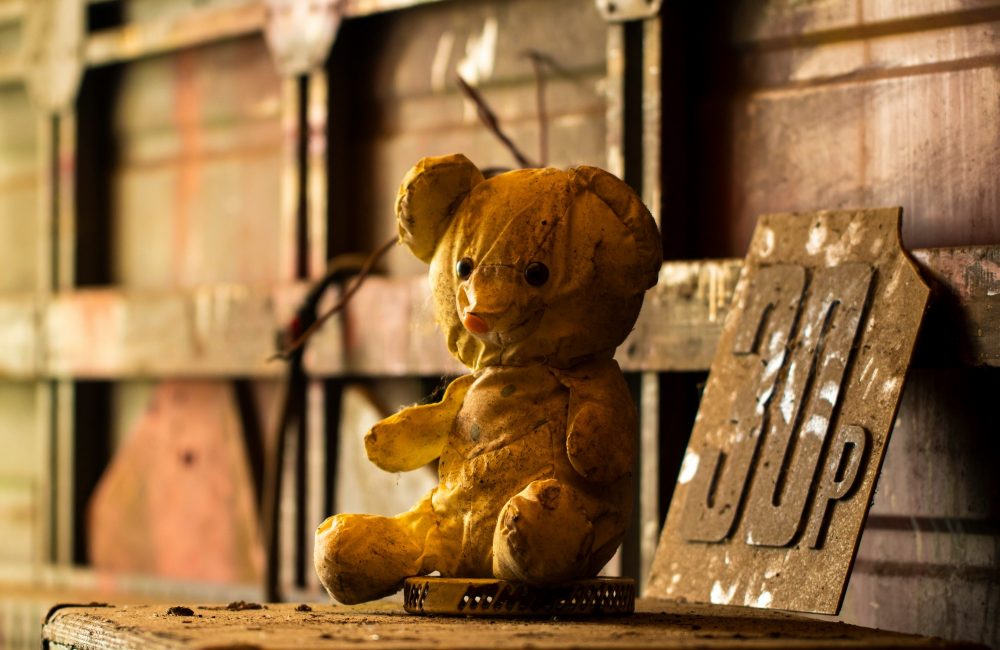Humans often develop deep emotional bonds with objects, creating attachments that go beyond mere utility to encompass memories, identity, and personal significance. These connections can provide comfort, evoke nostalgia, and even shape our sense of self. Here, we explore in greater depth the reasons behind our attachments to objects and sentimental items, considering various psychological aspects that influence such bonds. Objects become containers for personal history, storing memories and emotions that can be revisited through physical interaction with them.
Memory Preservation
Objects act as tangible mementos that preserve and trigger memories of significant life events or relationships. For example, a concert ticket stub might recall a first date, or a well-worn recipe book might evoke memories of cooking with a beloved relative. These items hold an emotional imprint, bridging past experiences with the present. They can serve as crucial aids for those suffering from memory loss, like dementia, where familiar objects help anchor the person’s fading memories.
Case Study: The Power of Mementos
Consider a study where dementia patients were provided with personalized memory boxes filled with items from their past. The results showed a noticeable improvement in their mood and engagement. These objects served as keys to unlock memories, providing a sense of continuity and self-identity despite the cognitive decline.
Emotional Significance
The emotional weight of an object often derives from its association with pivotal life events—marriages, graduations, or personal achievements. These items symbolize the feelings experienced during those moments, be they joy, pride, or a sense of accomplishment. For instance, the robe worn during a graduation ceremony may embody the struggle and satisfaction of completing an academic degree, making it a cherished item.
Real-Life Example: Wedding Rings
Wedding rings are perhaps one of the most universally recognized symbols of emotional significance. They are not just pieces of jewelry; they represent promises, shared histories, and the union of two lives. For many, the ring becomes a physical metaphor for the relationship, imbued with stories and sentiments that are revisited daily.
Identity and Self-Expression
Objects can become symbolic representations of one’s identity, reflecting individual tastes, beliefs, and personal journeys.
Personalization and Control
Customizing objects allows individuals to assert their individuality and claim ownership over their environment. This personalization makes the objects feel more intrinsic to their owners’ lives. For example, decorating a room with specific colors, fabrics, or artwork can transform a generic space into a personal sanctuary that reflects and reinforces the owner’s character.
Tips for Personalization
- Start with Color: Choose colors that resonate with your personality and mood. Bold colors can energize a space, while pastels and neutrals might bring calm.
- Incorporate Memories: Display photos or souvenirs from memorable trips to keep those memories alive.
- Use Textures and Patterns: Play with different fabrics and materials to add depth and interest, making the space uniquely yours.
Reflection of Self
Items that people choose to own and display often serve as reflections of their personality, aspirations, and values. The books on one’s shelf, the art on their walls, and even the phone case they choose can serve as subtle statements of identity. These objects communicate to others facets of the person’s character and life philosophy, and in this way, they reinforce the individual’s sense of self.
Psychological Comfort and Security
Attachments to objects often provide emotional grounding and psychological comfort, offering a sense of continuity and security in a changing world.
Transitional Objects
For children, objects like blankets or stuffed animals provide comfort and security, often accompanying the child through key developmental stages. Adults, similarly, may rely on certain objects for comfort during stressful times, such as keeping a spouse’s clothing article during periods of separation or grief. These objects act as proxies in the absence of the person or the home environment, providing psychological comfort.
Practical Advice for Dealing with Loss
- Create a Memory Box: Compile items that remind you of the loved one. This can include letters, photographs, or personal belongings.
- Use Scents: Scent is a powerful trigger for memories. Keeping a loved one’s perfume or cologne can provide comfort.
Routine and Familiarity
Routine and familiarity are essential for psychological stability. Objects that are part of daily rituals, such as a favorite coffee mug or a cherished armchair, offer a predictable and reassuring presence in one’s life. They enhance personal routines that structure daily life, serving as a constant in the midst of change.
Example: The Morning Coffee Ritual
For many, the act of enjoying a morning coffee from a special mug is more than just a caffeine boost. It represents a moment of peace and predictability that sets the tone for the day. The familiar weight and warmth of the mug can provide a grounding sensation, reminding individuals of home and their personal space.
Social Connections and Relationships
Objects can also symbolize and strengthen social connections, acting as tokens of interpersonal relationships and shared histories.
Gifts and Relationships
Gifts often become valued not for their material worth but for their symbolic significance, representing care, love, or friendship. A simple handmade gift may be treasured because it reflects genuine effort and thoughtfulness, serving as a physical manifestation of the relationship.
Tips for Meaningful Gift-Giving
- Personalize Your Gifts: Consider engraving, custom packaging, or handmade elements to add a personal touch.
- Focus on Experiences: Gifts that create shared experiences, such as concert tickets or a cooking class, can strengthen bonds.
Shared Experiences
Items from shared experiences with family or friends, such as souvenirs from a group trip or uniforms from a team event, serve as communal tokens that reinforce bonds and recall collective memories. They remind individuals of their belonging to a larger social network and celebrate shared histories.
Case Study: The Role of Team Jerseys
In sports, team jerseys are more than just uniforms. They represent camaraderie, shared goals, and collective achievements. Fans and players alike treasure these items, as they symbolize unity and shared experience.
The Role of Culture and Tradition
Cultural and societal factors play a significant role in how we value and attach meaning to objects. Traditions and cultural practices often dictate which objects hold sentimental value.
Cultural Significance
In many cultures, objects are passed down through generations, forming a link between past, present, and future. These heirlooms can be anything from jewelry to home goods, each carrying stories and significance.
Example: The Family Heirloom
A grandmother’s necklace or a grandfather’s watch often becomes a cherished family heirloom. These items are passed down for generations, each owner adding their chapter to the item’s history.
Traditions and Rituals
Objects are often central to cultural rituals and traditions, serving as focal points in ceremonies and celebrations. Whether it’s a ceremonial cup or a festive decoration, these items hold symbolic meanings that are often shared by entire communities.
The Impact of Technology
In our digital age, the way we form attachments to objects is evolving. Virtual possessions, such as digital photos or social media profiles, are becoming increasingly significant.
Digital Memories
While physical objects have traditionally served as memory aids, digital photos and videos now play a huge role in how we preserve and share memories. Platforms like Instagram and Facebook allow us to curate digital timelines of our lives.
Tips for Digital Preservation
- Back Up Regularly: Ensure that your digital memories are safe by backing them up on multiple devices or using cloud storage.
- Print Favorites: Consider printing your favorite digital photos to create a physical album or scrapbook.
Virtual Objects and Identities
With the rise of online gaming and virtual worlds, many people form attachments to digital avatars and items. These virtual possessions often reflect personal achievements or social status within a digital community.
Conclusion
The psychological attachment to objects and sentimental items is multifaceted, deeply embedded in human emotion, memory, and identity. These attachments provide continuity in our lives, offering emotional comfort, reinforcing our identities, and connecting us to others. Understanding these attachments helps us appreciate the profound impact that everyday objects can have on our emotional and psychological well-being, reflecting the complexity of human life and relationships. Whether through physical heirlooms or digital memories, these objects continue to shape our experiences and relationships in meaningful ways.






